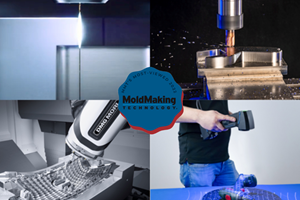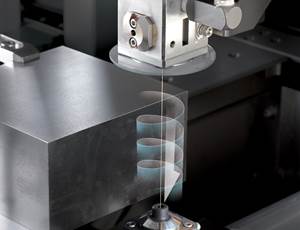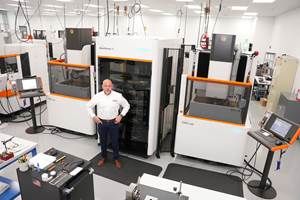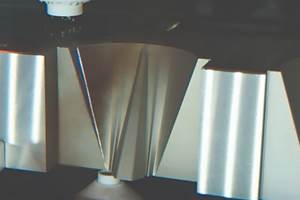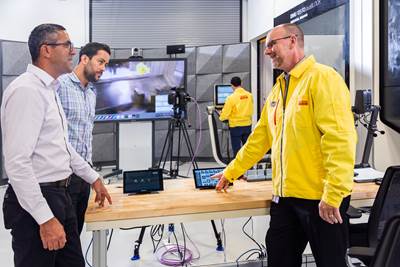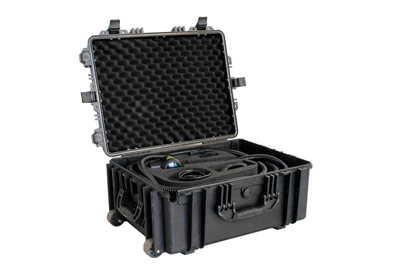The Basics of High-Speed EDM Hole Drilling
This article discusses how EDM hold drilling - designed for fast, accurate small- and deep-hole drilling applications - has become a whole new method of manufacturing molds and parts.
High-speed EDM hole drilling was designed especially for fast, accurate small- and deep-hole drilling applications. Small holes that were once almost impossible to drill by conventional machine tools are now being performed with ease. With the capability of drilling through virtually any conductive material, the use of this technology is continually expanding.
Initially shops were using this technology specifically for start holes in wire EDM jobs. Because of this technology, workpiece materials are being sent out for heat treating prior to drilling the start hole. This removed two problems: (1) having to program, locate and drill the start hole by conventional machine methods in the "soft" workpiece prior to heat treat and (2) by sending the workpiece for heat treat before drilling the start hole, all the stresses were being removed from the workpiece prior to the EDM process being applied. As this process became more widely known, test burns were being done in more than just hardened tool steel; tungsten carbide, aluminum, brass and inconel were being tested. High-speed EDM hole drilling applications began to expand to mold and part manufacturing-injection nozzles, oil drain holes, hydraulic cylinders and dowel pins, as well as turbine blades, ball bearings and safety wire holes in hex nuts, to name a few.
Basic Features of the EDM Hole Driller Machine
- Stainless steel work table
- Rotating spindle
- Drill chuck or collet system for holding electrodes
- Ceramic or diamond guides
- Power supply with control panel
- Capacitor box
- Dielectric fluid pump
The EDM Drilling Process
The process consists of using a precision tubular electrode (generally brass or copper) mounted into the drill chuck located on the "Z" axis and held in location on top of the workpiece by the ceramic guide. The top of the workpiece is located and the drilling depth is set. The electrode rotation is turned on and the deionized water solution, which is pressurized between 50 and 100 kg/cm2, is sent through the tubular electrode as a flushing agent. The power supply parameters are set-which normally consist of on-time, off-time, peak current and amount of capacitance. At this point, the discharge is turned on to begin the drilling cycle. At the end of the drilling cycle, the discharge is turned off and the "Z" axis is retracted above the workpiece.
Drilling Times
Drilling times are based on the hole size and type of material. Chart I lists a few samples for reference.
Chart I
| Material | Electrode Dia. | Drill Depth | Machining Time |
| Alloy Tool Steel | .020" | 0.50" | 25 to 35 seconds |
| 1.00" | 50 to 60 seconds | ||
| .040" | 1.00" | 55 to 65 seconds | |
| Tungsten Carbide | .020" | 0.50" | 4 to 5 minutes |
| 1.00" | 8 to 9 minutes | ||
| Aluminum | .020" | 0.50" | 40 to 50 seconds |
| 1.00" | 90 to 100 seconds | ||
| .040" | 2.75" | 3 minutes |
Observing the aforementioned times explains why high-speed EDM hole drilling has become an alternate method to conventional machining in mold manufacturing. In addition, this method of drilling produces burr-free holes, which results in the elimination of secondary deburring processes. Larger power supplies and drill/collet chucks have expanded the diameter range of standard drilled hole sizes from .010" to .118" to .010" to .236". EDM hole drilling can now be done on a manual, ZNC or CNC machine.
Today, many of the machines use distilled water as the flushing agent, which opens up new application possibilities in the medical field. With continued improvement in this technology, more and more applications are being seen on the horizon-it has become a whole new method of manufacturing molds and parts.
Related Content
MoldMaking Technology's Most-Viewed Content 2022: Products
MMT shares the five top-viewed technologies, equipment and services of 2022 in each Engineer, Build, Maintain and Manage tenet based on Google Analytics.
Read MoreMachining and EDM Innovations to Look for at IMTS
MoldMaking Technology previews some of the EDM and machining products and exhibitors applicable to mold builders that will be featured at IMTS 2022.
Read MoreMold Builder Meets Increased Domestic Demand With Automated Cells
Burteck LLC experienced significant demand increases due to reshoring and invested in automated machining cells to step up its production output quickly and avoid losing business.
Read MoreSoft Wired: Cutting High Taper Angles with Wire EDM
Examine the wire’s properties to determine the right one for achieving the best cut.
Read MoreRead Next
How to Use Strategic Planning Tools, Data to Manage the Human Side of Business
Q&A with Marion Wells, MMT EAB member and founder of Human Asset Management.
Read MoreHow to Use Continuing Education to Remain Competitive in Moldmaking
Continued training helps moldmakers make tooling decisions and properly use the latest cutting tool to efficiently machine high-quality molds.
Read MoreReasons to Use Fiber Lasers for Mold Cleaning
Fiber lasers offer a simplicity, speed, control and portability, minimizing mold cleaning risks.
Read More


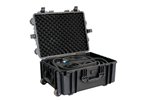
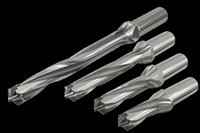
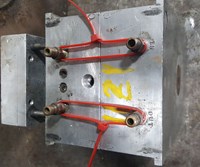
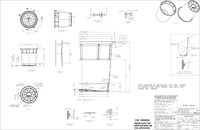

.jpg;maxWidth=300;quality=90)

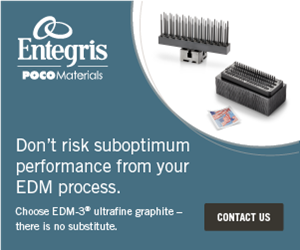


_300x250 4.png;maxWidth=300;quality=90)
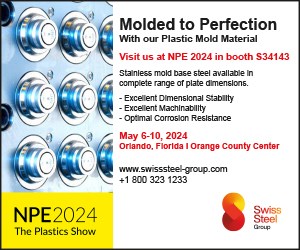

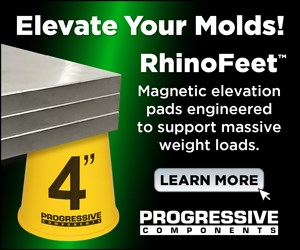

.png;maxWidth=300;quality=90)
